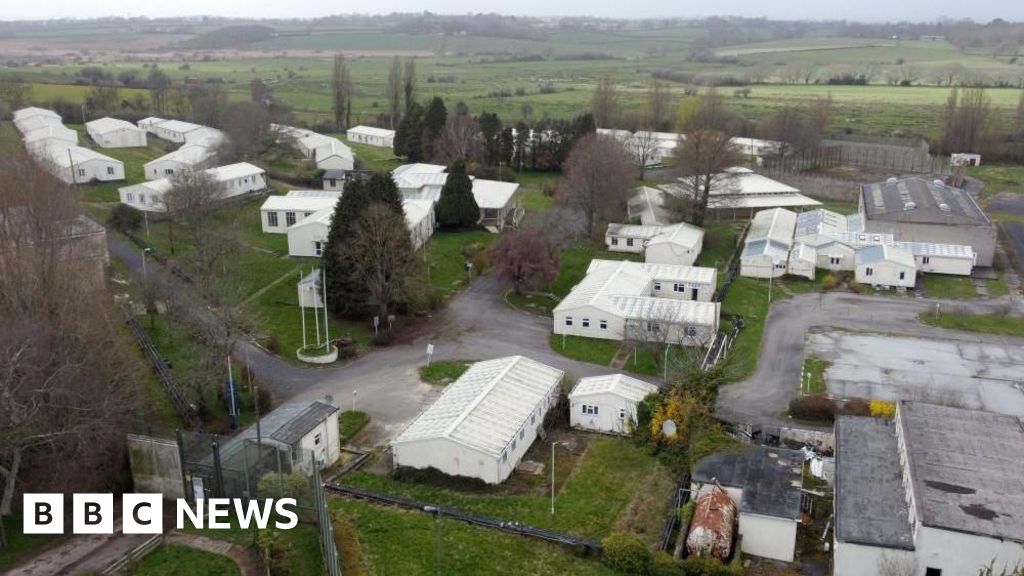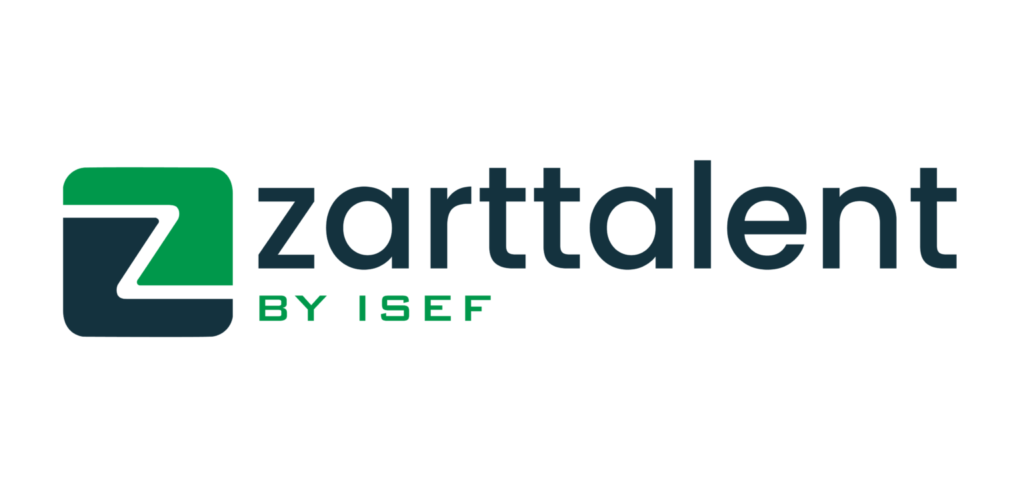For the first time, we have fulfilled two major commitments: conducting this Joint Annual Review and presenting the State of Health Report for Nigeria. These reports symbolise our dedication to transparency, accountability, and progress. Governments have all contributed to this effort. Their dedication and resilience are at the heart of our healthcare system, and we continue to rely on their commitment to carry forward these foundational legacies. As we build on this legacy, we are reminded that our mission to deliver an efficient, equitable, and quality health system for all Nigerians would not be possible without the efforts of those who came before us. We stand on the shoulders of these giants in the health sector, learning from their experiences and carrying forward their vision for a healthier Nigeria,’’ – Professor Muhammad Ali Pate.
This extract from the keynote speech of the Coordinating Minister of Health and Social Welfare, Professor Muhammad Ali Pate at the Sector-Wide Joint Annual Health Review meeting foregrounds the historic spectrum of the event.
The Sector-Wide Joint Annual Health Review (JAR) meeting was held in Abuja from 6 to 8 November 2024. It was the first of its kind and provided a robust platform for the rigorous interrogation of challenges, evaluation of achievements, and the mapping of strategies and priorities for the health sector.
In the course of the three-day event, groundbreaking initiatives, such as the Maternal and Newborn Mortality Reduction Initiative (MAMII|), which offers free cesarean sections to all eligible Nigerian women meeting the criteria, and the Nigeria Climate change and health vulnerability and adaptation (V&A) Assessment Report, were launched.
According to the Ministry of Health and Social Welfare, the V&A Report provides essential insight into the impact of climate change on health across Nigeria. By identifying climate-related health risks, the Report supports the creation of a resilient health system capable of addressing the challenges posed by a changing environment, underscoring the government’s commitment to sustainable health security and the well-being of Nigerians.
‘’Another key outcome was the establishment of a dedicated Expect Working Group (EWG) focused on strengthening our national health data systems. The EWG will implement regular health mini-surveys, bridging the current five-year gap in data collection from the National Demographic and Health Survey (NDHS). Through timely and reliable data, the group will empower us to track progress, address emerging health threats, and make informed, data-driven decisions essential to the sector’s success,’’ the Ministry said.
The Maternal Mortality Reduction Innovation Initiative (MAMII) has spurred interest and commendation since its launch. The reason is obvious. It is a transformative programme — innovative by design and novel in scale.
Here are a few highlights of the initiative, which was launched on the second day of the meeting.
The Maternal Mortality Reduction Innovation Initiative (MAMII) is a strategic action plan to reduce maternal mortality through intensified intervention suites along the supply and demand components in priority 172 local government areas across the country.
Here, demand implies the desire and need for healthcare services related to pregnancy, childbirth, and postpartum care. It encompasses several dimensions, which include quality care, awareness and education, etc, while supply entails the availability and accessibility of healthcare services, resources, and products necessary for the care of pregnant women, new mothers, and their infants.
Objectives of the MAMII strategy
- Increase facility utilisation by 60%
- Increase delivery by skilled birth attendants by 60%
- Reduce maternal and neonatal mortality by 30%
Key supply-side thrusts of interventions have been identified
- Training of 120,000 frontline healthcare workers
- Improving PHC functionality and expanding BHCPF PHCs to 17,600
- Deployment of MNH innovations (PPH bundle, calibrated drapes, MMS, etc.)
- Availability of responsive emergency management and referral systems, including sustainable health financing.
One of the high points of the JAR meeting was the presentation by the National Primary Health Care Development Agency (NPHCDA) on the performance of key reforms and the strategic blueprint for 2024 – 2026. Of interest is the functionality level of the primary healthcare centres. The strategic objective remains: Every Nigerian has equitable access to quality PHC services they need through a system that they trust.
There are levels to PHC functionality. By definition, partially functional implies, “the PHC has the potential to provide antenatal and immunisation services”. Functional level 1 — “capable of providing antenatal and immunisation services”, and functional level 2 — “Everything in place for a pregnant woman to deliver a baby safely 24/7”.
Breakdown Of Facilities By Functionality And Zone
N = 8,421 facilities across 37 states
Total analysed facilities: North-Central (1,381), North-East (1,010), North-West (2,029), South-East (1,287), South-South (1,218), South-West (1,496)
artially functional: North-Central (138-10%), North-East (60-6%), North-West (470-23%), South-East (203-16%), South-South (212 -17%), South-West (106 – 7%)
Functional L1: North-Central (953 – 69%), North-East (594 – 59%), North-West (1,071 – 53%), South-East (993 – 77%), South-South (775 – 64%), South-West (1,061 – 71%)
Functional L2: North-Central (290 – 21%), North-East (356 – 35%), North-West (488-24%), South-East (91 – 7%), South-South (231 – 9%), South-West (329 – 22%)
Phc Revitalisation: Progress As Of October 28, 2024
- Total facilities projected for revitalisation: 4,022; 377 are being funded from national sources; 200 are globally funded with 72 being solarized and a record of 3,37352 Impact / BHCPF for States2.
- Workplan & BOQ submitted: 3,384 and 360 are being funded from national sources with a record of 3,024 Impact / BHCPF for States2.
- BOQ issued (no objection): 2,587 and 156 are being funded from national sources with a record of 2,587 Impact / BHCPF for States2.
- PHC revitalisation objection contracts awarded to vendors: 213 with a record of 57 Impact / BHCPF for States2
- PHC revitalisation work commenced: 272; 227 from State Funds4 and 253 from the private sector. –Fredrick Nwabufo is Senior Special Assistant to the President on Public Engagement
- PHC revitalisation work commenced: 280; 45 from State Funds4 and 27 from the private sector.
Citizens can now view PHCs in their communities to access quality primary health care and to provide feedback for continuous improvement.
The launch of the Nigeria Climate Change and Health Vulnerability Assessment Report, which is in furtherance of building a resilient system that will address the impact of climate change on health, was another milestone of the JAR meeting. Professor Pate launched the report on the last day of the event.
The Minister said the launch was a significant and proactive plan by the federal government to deal with the evolving perils of climate change on health.
‘’Climate change is a wicked problem. It is a wicked problem in the sense that it is complex, it is multi-perceptive. It interconnects with several other elements and, when we solve one, on another problem actually features. Whether it is in the injuries that we saw in Maiduguri and a few of other states this year or the flooding or in parts of Lagos state where we saw cholera outbreaks. Because of the rising water table, whether it is in the protracted cycle of transmission of malaria or the dengue fever that we saw in Sokoto a few months ago. Or flooding that destroys farmlands. So, this is a very complex issue,’’ he said.

 2 hours ago
2
2 hours ago
2















 English (US) ·
English (US) ·